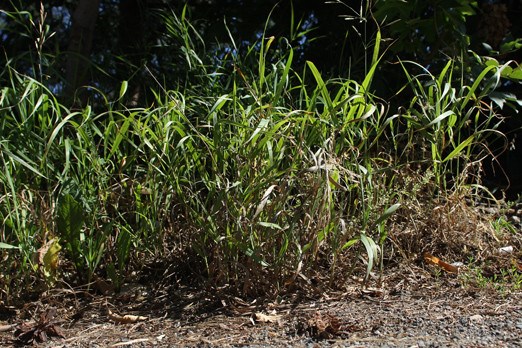While there have been ticks with Lyme disease found in this district, the area’s health unit says they are not a serious threat.
Ken Deacon, a bio consultant with the Thunder Bay District Health Unit, said so far 38 deer ticks have been submitted this year with three turning up positive for the disease.
With the standard being between 10 and 20 per cent, Deacon said the district has a pretty normal level of diseased ticks.
"It means that Lyme disease is here, but it’s not a serious risk," Deacon said.
Deacon is encouraging members of the public to bring in as many ticks as possible so the health unit can get a better sense of how many deer ticks are in the district and how many are carrying Lyme disease.
"We’re trying to get the number of those to see what sort of a problem we have to see if it’s increasing."
People can submit ticks to the health unit or one of its satellite offices in the district.
The most important information is where the tick was found, which can be difficult if the bug is found on a dog that has been walking around various places. Most people aren’t aware that ticks can also attach themselves to birds, which makes them spread out over a large geographical area, Deacon said.
"We’re trying to get an idea as to the distribution of the ticks," Deacon said. "They’re really mobile."
If a tick is found attached to an animal or human, Deacon said that a long fingernail can be used to get close to the insect’s head and reminds people to pull very gently.
"Just be sure that you’re not ripping it out and don’t squeeze it," he said. "It will release. It releases slowly."
The most common carrier of Lyme disease is the deer mouse, which is where ticks usually pick up the disease.
Deer ticks first showed up in the area from migratory birds. As the winters get warmer in Northwestern Ontario, ticks are now able to survive through the snowy season.
While deer ticks can be anywhere, they prefer shrubs near paths and sunlight, Deacon said.
Sign in or register
- Messages
- Post a Listing
- Your Listings
- Your Profile
- Your Subscriptions
- Your Likes
- Your Business
- Support Local News
- Payment History
Registered Users
Already have an account?
New Users
Create a free account.
